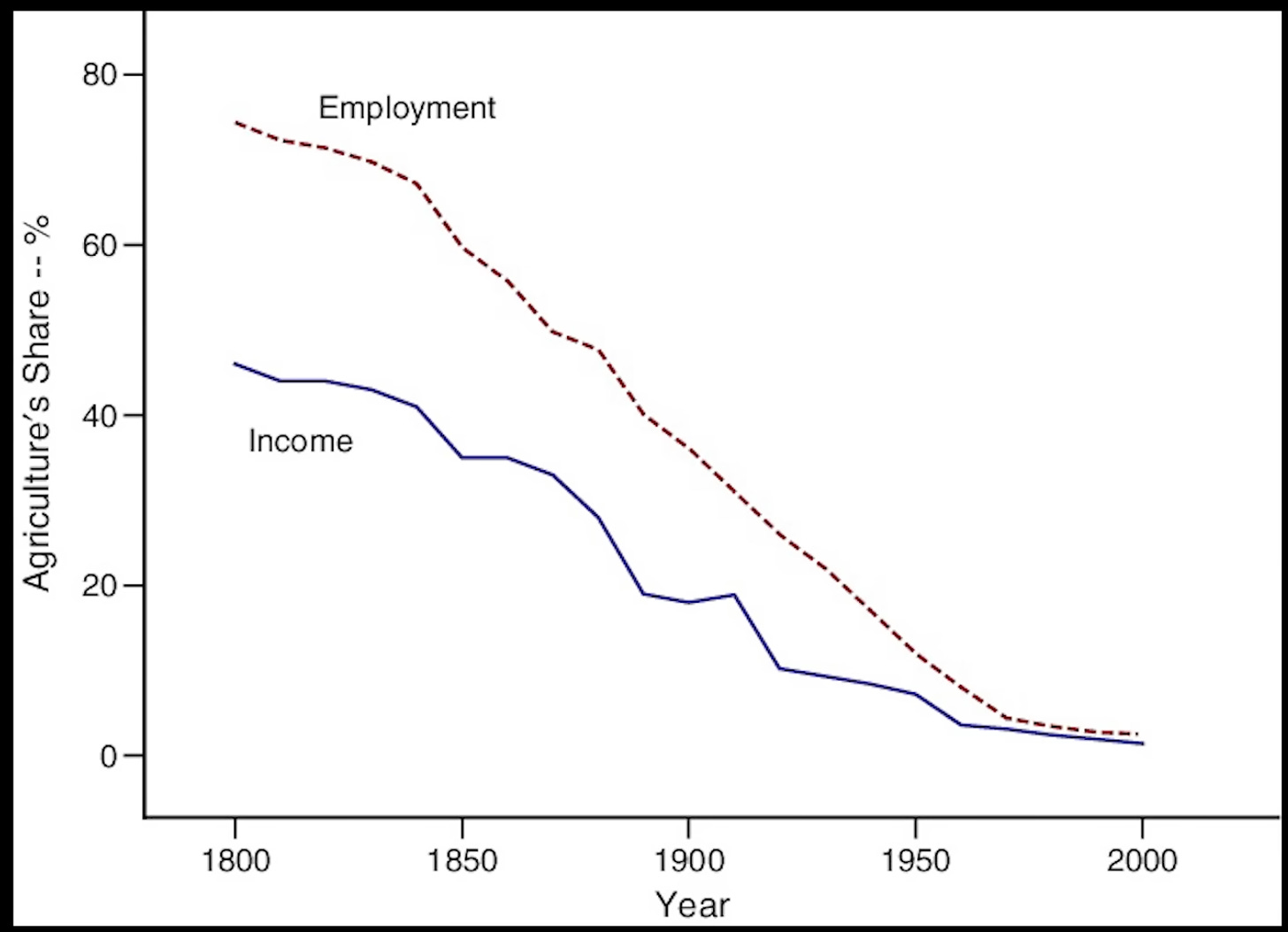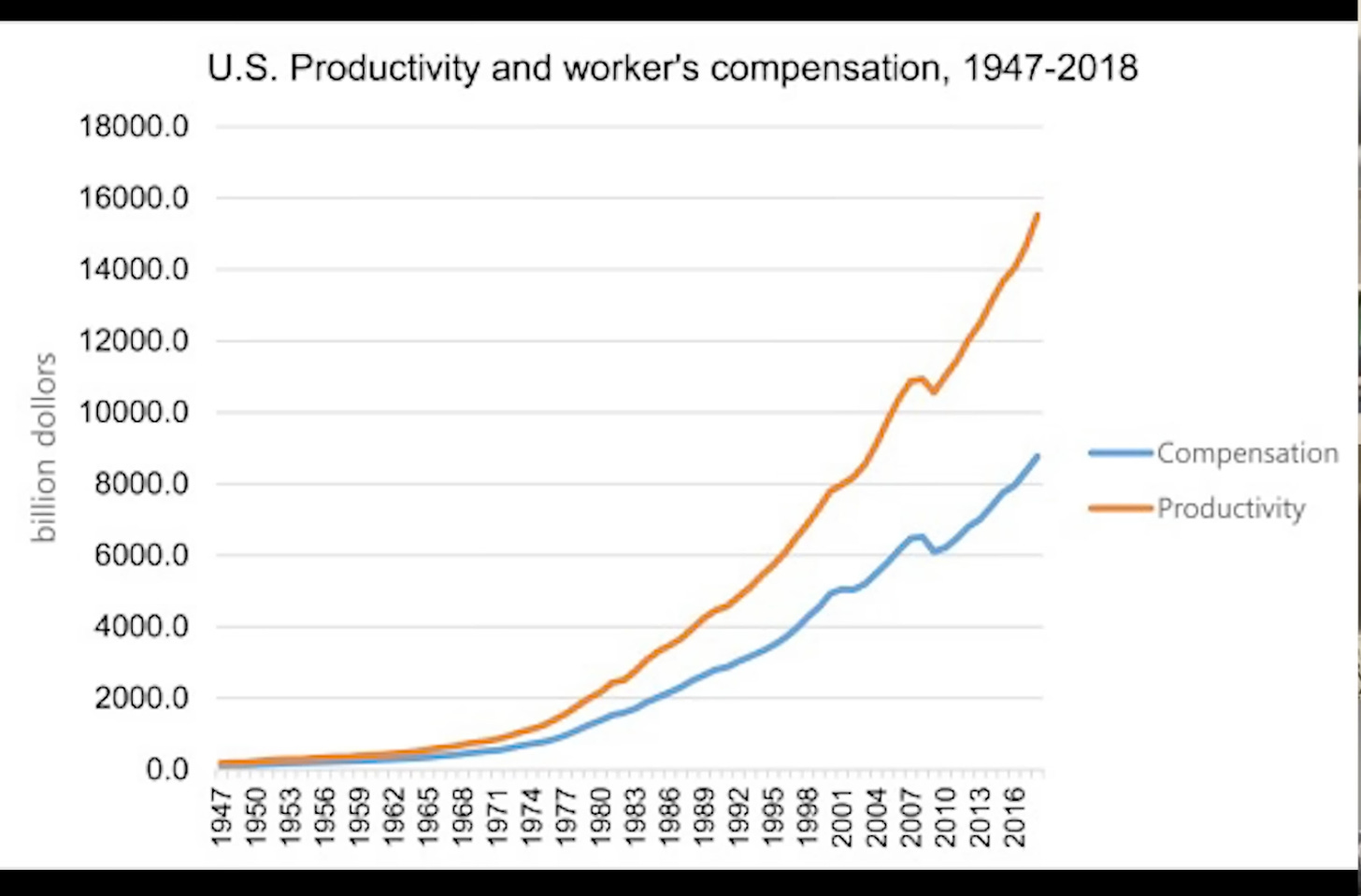Recruiter's AI Digest #53
Resources and perspectives to keep you ahead of the curve as AI deepens its impact in Recruiting. 🤖
Welcome to the community of 3,000 forward-thinking recruiting leaders. 🎉 We stay on the pulse of AI and its impact on recruiting, so you don’t have to!
If you haven’t already, don’t forget to subscribe to this newsletter!
This week’s digest
Check out the awesome material this week 📖 :
AI job fears, and why it’s the same as other previous technological revolutions
(All in Podcast)What just happened, what is happening next
(Ethan Mollick)Women are falling behind on generative AI in the workplace. Here's how to change that
(World Economic Forum)
Are there people you know struggling to digest all the AI news? Share this newsletter with them. 🙏
AI job fears, and why it’s the same as other previous technological revolutions
(All in Podcast)
In the All in Podcast, famous investor Chamath Palihapitiya explains why fears around job losses amidst the AI revolution are not worrying him.
Components of GDP are consistent over long stretches of time.
Even though GDP has increased over time, its constituents: Gross Domestic Investment, Government consumption, Personal Consumption and Net Exports tend to remain at the same % of total GDP. This indicates that despite technological changes of the past, the fundamental nature of consumer behavior has remained consistent along with the stability of the economy.
Shift from Farms to Factories shows although there were job losses, unemployment rates trended towards 0
In the above chart we can see that over the period of the industrial revolution, although Agriculture lost much share of GDP, total employment trended towards 0 (aka we found other jobs to replace agriculture). From the first chart, you can see that GDP still increased over this time period (without a shift to its constituents).
Any time we find a new way to innovate, compensation tends to track it
Any time we find a new way to innovate, compensation levels tend to rise alongside the increased productivity.
All of these arguments, Chamath claims, point towards an historical trend that new innovation, although impacting some jobs, overall leads to new jobs, in new areas and ushers in new growth for the economy - we’ve seen this all before.
You can watch the full video here. (51 mins in)
What just happened, what is happening next
(Ethan Mollick)
Ethan Mollick, a proffesor at Wharton, discusses the quickening pace of AI development, noting that capabilities of models like GPT-4 are doubling roughly every 5 to 14 months.
Detailed Insights for Recruiters:
Enhanced Capabilities: Mollick highlights how AI can now perform complex tasks such as running a negotiation simulator or aiding in medical diagnostics, which were previously not thought feasible.
Real-world Applications: Recent experiments have shown that AI can outperform humans in debate scenarios and lower conspiracy theory beliefs through conversation, suggesting roles for AI in training, customer service, and perhaps even in therapeutic contexts.
Autonomous Agents: Developments in AI agents like Devin, which can autonomously perform tasks and interact within social media platforms, suggest a future where AI could take on roles from software development to digital marketing.
Superhuman Tasks: Mollick points to instances where AI has matched or surpassed human performance in specialized tests outside their training domains, such as Claude 3 scoring 60% on a challenging exam designed for human PhDs, hinting at AI's potential to supplement or even replace expert-level tasks in fields like law and academia.
AI capabilities, particularly in models like GPT-4, are advancing at an unprecedented pace, now performing tasks previously thought to be beyond their scope. This rapid evolution suggests that AI could soon take on increasingly complex roles, impacting a wide range of industries and potentially achieving superhuman levels of performance in specific tasks.
Read it here.
Women are falling behind on generative AI in the workplace. Here's how to change that
(World Economic Forum)
A recent article highlights a growing concern in the workplace: women are lagging behind men in the adoption of generative AI technologies, a trend observed globally across various age groups, particularly among Generation Z. This disparity poses potential risks not only for women's career trajectories but also for businesses aiming to leverage AI for future roles.
Key Strategies to Enhance Women's AI Engagement:
Upskilling Initiatives: Companies are encouraged to integrate AI training during work hours, offering a blend of in-person and virtual sessions to accommodate different learning preferences and life commitments, especially for roles at high risk of AI disruption.
Creating a Shared Vision: Engaging all employees in developing a collective future vision for AI at work can demystify AI technologies and align efforts.
Inclusivity in Tech Roles: Enhancing female representation in IT and tech roles is crucial. Successful approaches include addressing pay equity, critical healthcare, and improving retention through mentorship programs.
Leveraging Gen Z's Familiarity with AI: Utilizing Gen Z's adeptness with AI can foster intergenerational mentorship, with younger female employees taking lead roles in tech education and implementation.
Read it here.
From the sponsor
Metaview: Automatic, AI-generated interview, intake and debrief notes.
Metaview uses AI to automatically write your interview, debrief and intake notes for you.
Our summaries are purpose-built for recruiting, so they’re 10x more accurate and relevant than generic transcription tools. And, they work seamlessly with your existing recruiting stack, video conferencing tools, and even mobile calls, so there’s no need to change your existing workflows.






